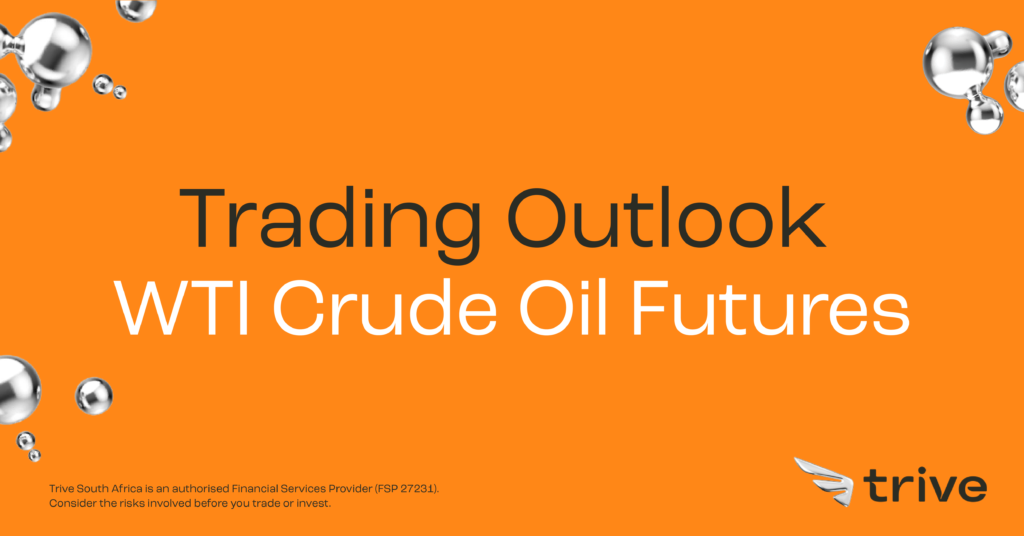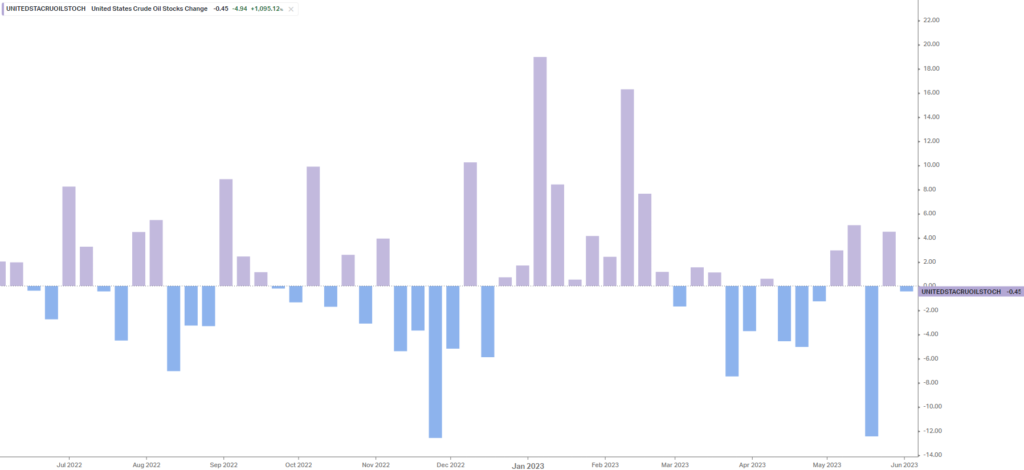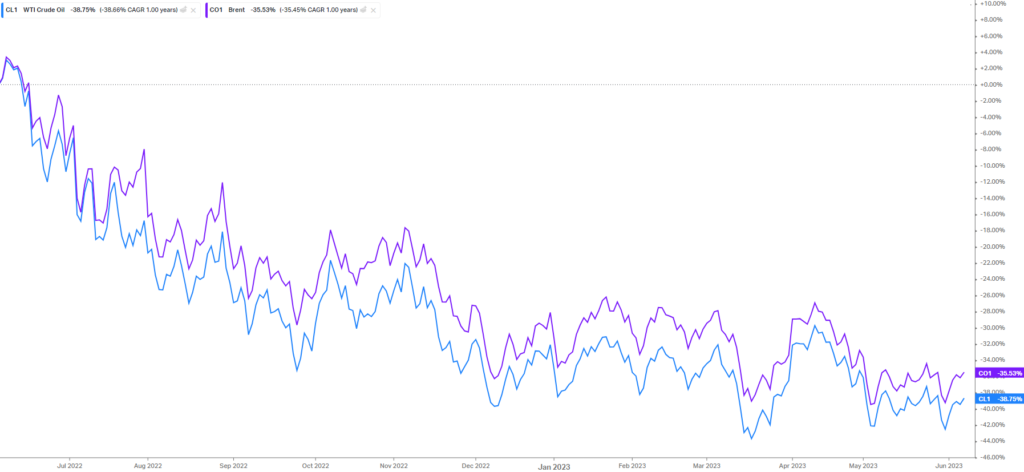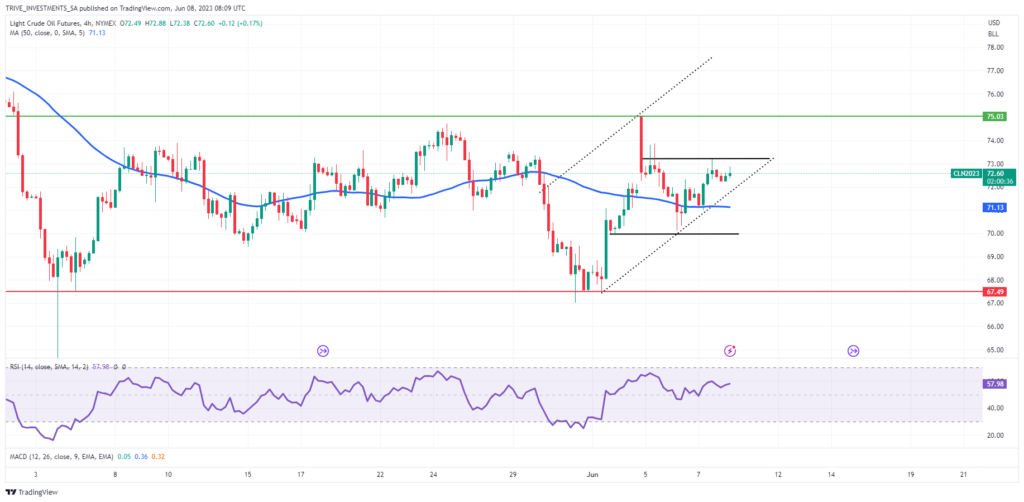
Despite OPEC’s best efforts to boost crude oil prices with cutbacks in production to reach the breakeven point, crude oil futures have been trading on a slippery slope all year.
Following Saudi Arabia’s vow to further reduce production by 1 million barrels per day (bpd), which initially prompted an oil price surge and decline yet again, the market has been evaluating conflicting signals. Demand is still being affected by concerns about a recession brought on by a worldwide downturn and a slower-than-expected rebound in China’s economy. The market had anticipated a 1.022 million increase from the 4.488 million rise in the prior period, but the EIA surprised everyone yesterday by reporting a dip in inventories of -0.451 million barrels. The fact that crude imports increased 17% in May to 12.16 million bpd further fed the bullish fire as good signs from China’s crude demand emerged.

When looking at the profitability of rising oil prices, it is widely viewed by energy experts that OPEC+ need higher oil prices to return to profitability. The average external breakeven price for the OPEC+ countries is estimated at around $82 per barrel, while the IMF estimates the breakeven point around the $75 per barrel mark. Crude Oil Futures have been significantly lower over the last year, with WTI Futures (blue) and Brent Crude Oil Futures (purple) lower by 38.75% and 35.53%, respectively.

Technicals
The price action on WTI Crude Oil Futures (NYMEX: CL) has been trending sideways within a broad range of $7.54. The range is between the $75.03 per barrel resistance (green line) and the $67.49 per barrel support (red line). When looking at the possible catalysts for oil over the next week, the US FOMC interest rate decision could be the driver to push crude oil prices higher if we see a pause in interest rates.
The price action needs to push above the $73.22 a barrel level (upper black solid line) with positive sentiment to see a test of the significant resistance at $75. If negative sentiment prevails, then we could possibly see lower levels targeted on the way back to the major support at $67.49 per barrel.

Summary
After Saudi Arabia announced additional production cuts, attention has returned to demand. The upswing might reach $73.48/BLL if the US Federal Reserve decides to stop raising interest rates next week, which could see crude oil prices back on the profitability trajectory for OPEC+.
Sources: Reuters, IMF, Center on Global Energy Policy, Koyfin, TradingView.
Disclaimer: Trive South Africa (Pty) Ltd, Registration number 2005/011130/07, and an Authorised Financial Services Provider in terms of the Financial Advisory and Intermediary Services Act 2002 (FSP No. 27231). Any analysis/data/opinion contained herein are for informational purposes only and should not be considered advice or a recommendation to invest in any security. The content herein was created using proprietary strategies based on parameters that may include price, time, economic events, liquidity, risk, and macro and cyclical analysis. Securities involve a degree of risk and are volatile instruments. Market and economic conditions are subject to sudden change, which may have a material impact on the outcome of financial instruments and may not be suitable for all investors. When trading or investing in securities or alternative products, the value of the product can increase or decrease meaning your investment can increase or decrease in value. Past performance is not an indication of future performance. Trive South Africa (Pty) Ltd, and its employees assume no liability for any loss or damage (direct, indirect, consequential, or inconsequential) that may be suffered from using or relying on the information contained herein. Please consider the risks involved before you trade or invest.




